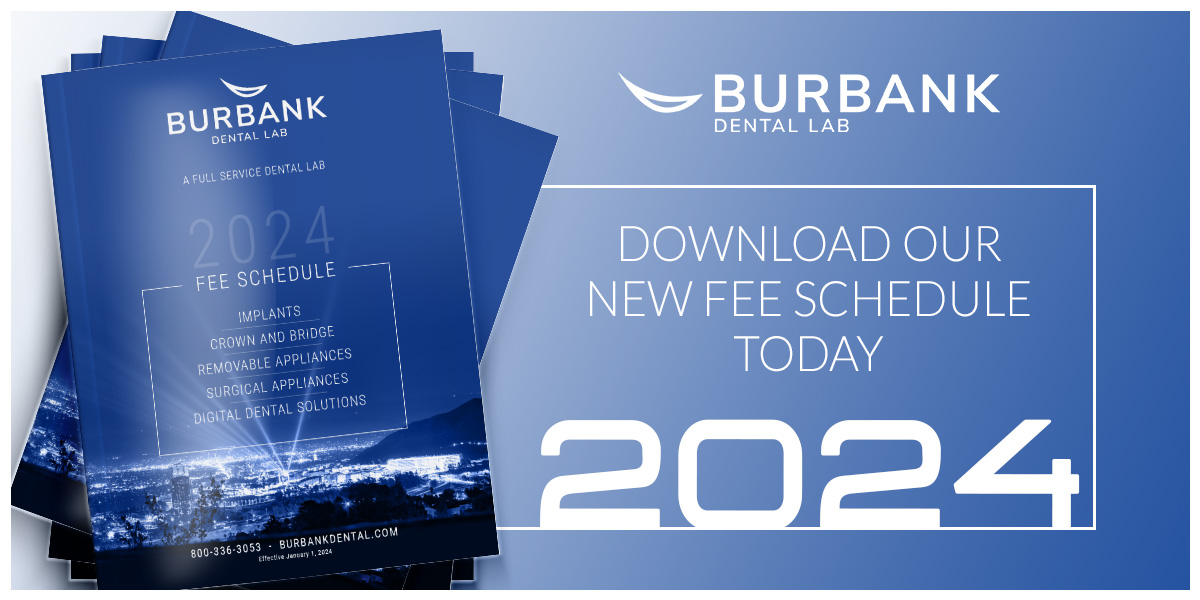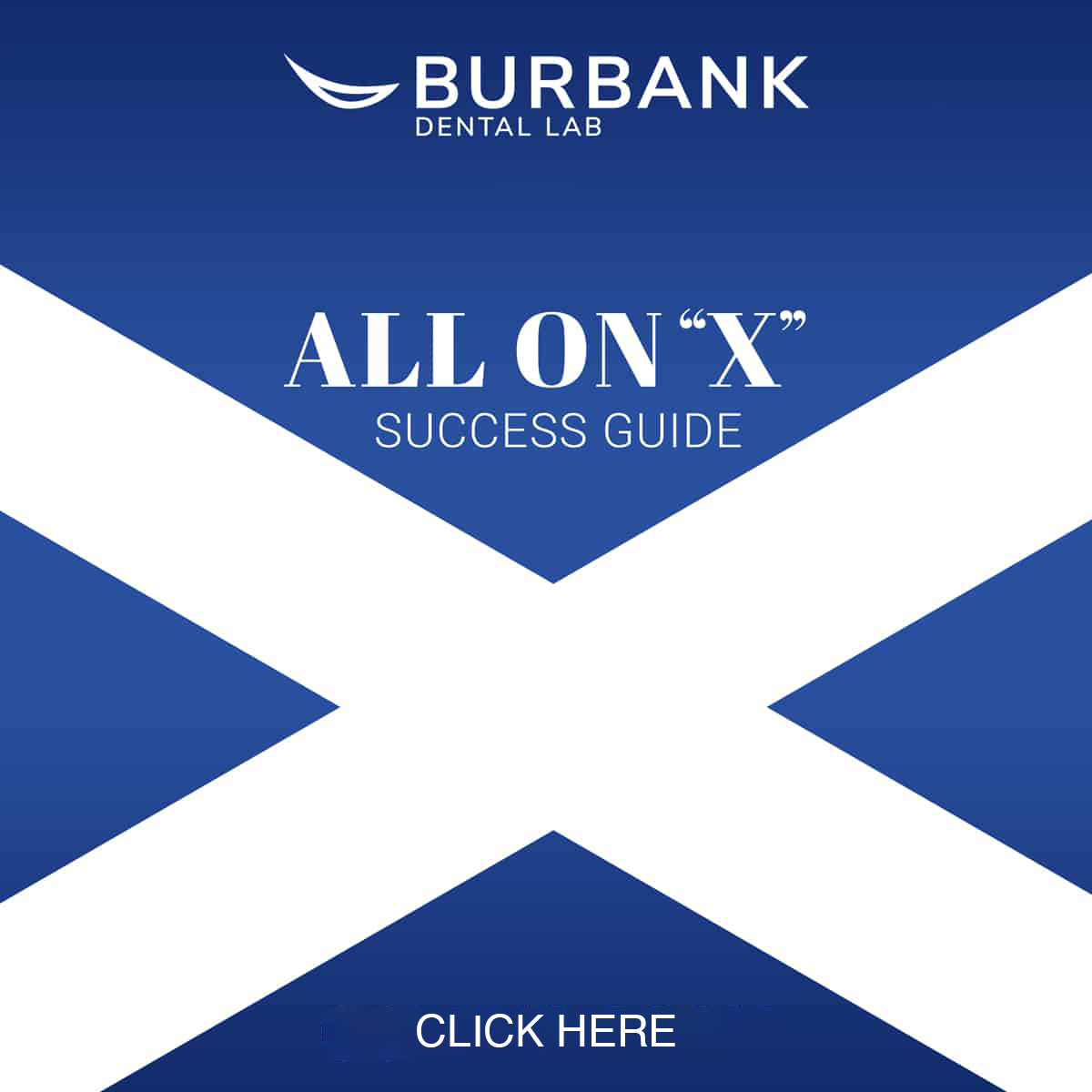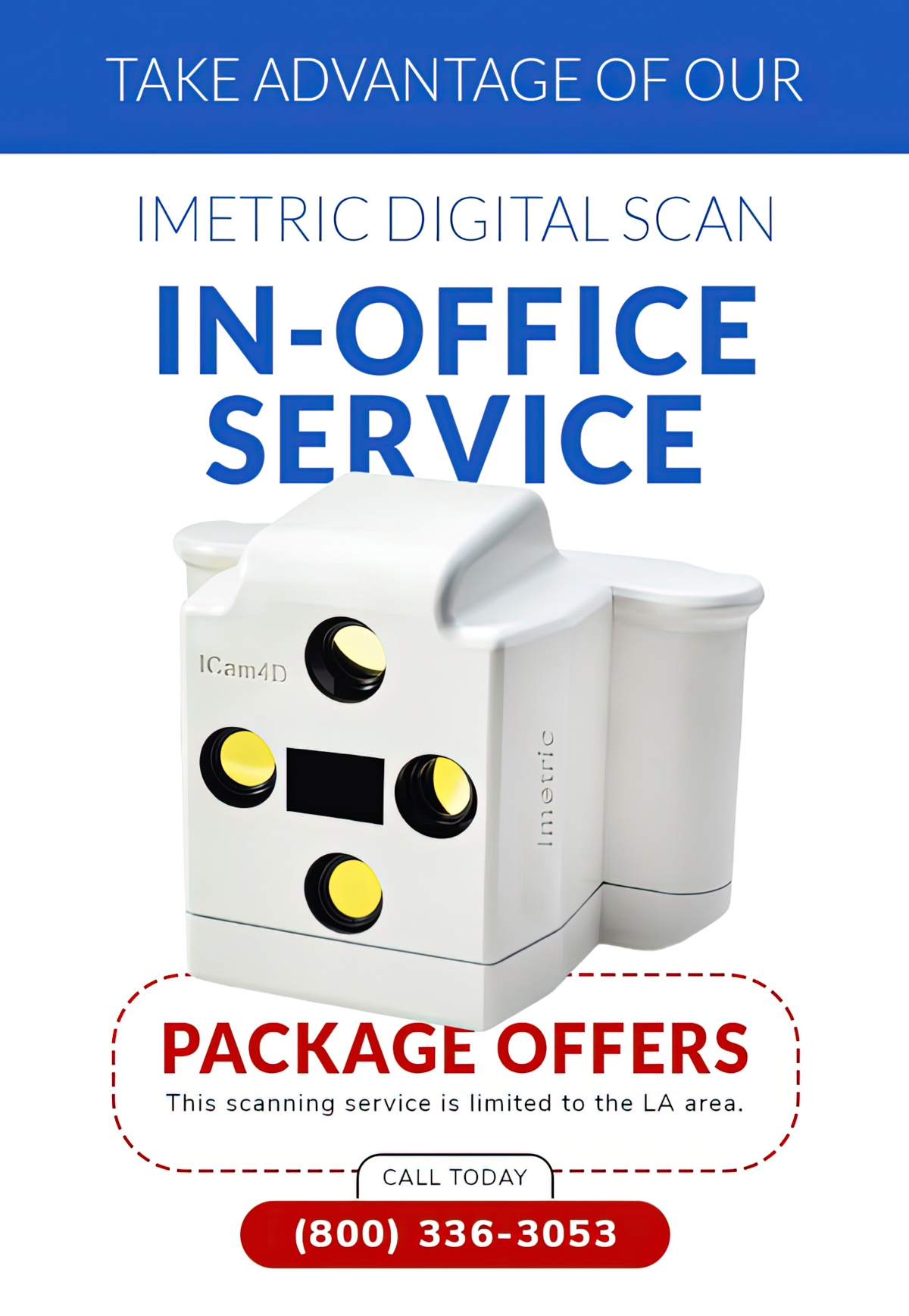Staying updated with the latest procedures and techniques is paramount for delivering exceptional patient care. One such innovative approach that is revolutionizing dental practices is the All On X process. This advanced method of full-arch rehabilitation offers patients a fixed prosthesis supported by four or more implants, providing a stable and long-lasting solution for those with missing teeth.
Understanding the All On X process is crucial, but knowing how to effectively collaborate with the dental lab to ensure the best possible outcomes for your patients is equally important. Burbank Dental Lab is one of the most highly rated experienced dental labs in the All On X process and has a proven track record of excellence and innovation in full-arch rehabilitation.
The Bite Registration
An accurate bite is fundamental to the success of the All On X procedure, as it directly impacts the functionality, comfort, and longevity of the final prosthesis. An accurate bite involves precise occlusal records and a thorough analysis of the patient’s bite dynamics. A well-aligned bite ensures the prosthesis functions seamlessly with the patient’s natural oral movements https://pawrificpetgrooming.com/.
An incorrect bite can lead to uneven pressure distribution on the implants, causing discomfort, increased wear on the prosthetic teeth, and even implant failure over time. With accurate bite records, dentists can collaborate effectively with the dental lab to design prostheses that provide optimal occlusal balance for the long-term success of the All On X treatment.

Pre-op impressions and a bite registration should be taken before any teeth are removed. If the patient is wearing a denture, it is imperative that the denture fit well and be an acceptable prosthesis to the patient.
Any issues should be identified and corrected before moving forward.
Edentulous Patients Recording The Vertical Dimension of Occlusion (VDO)
For those who do not have teeth, VDO can be captured using a bite rim and base plate. To calculate the VDO for edentulous patients, do the following:

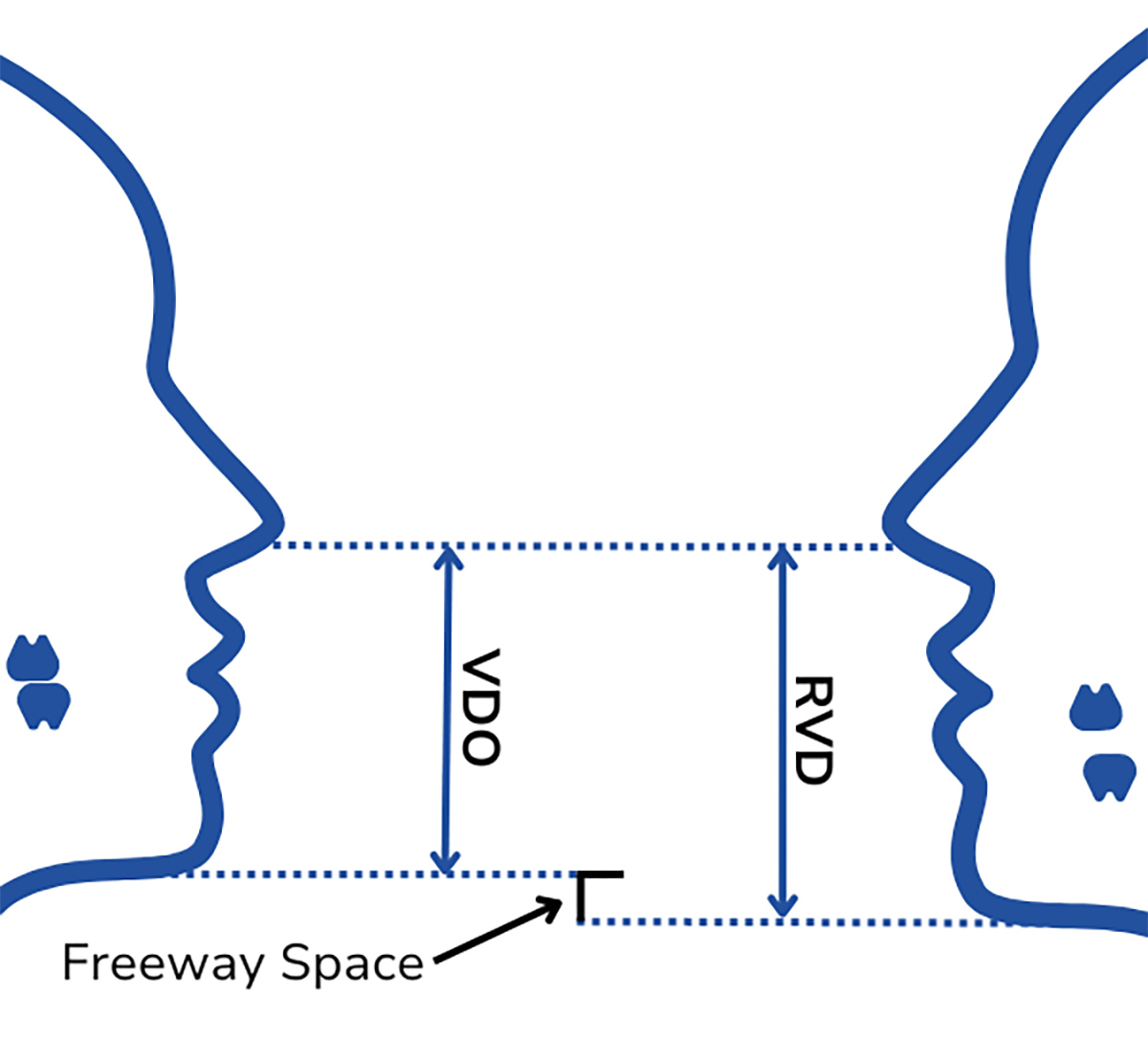
Phase 1: Invisalign
Implant Placement
Best practices for implant placement and angulation are critical to the success of the All On X procedure. Precise implant placement involves careful planning and execution to ensure the implants are positioned in areas of sufficient bone density and volume. Correct angulation is crucial for the biomechanical stability of the implants, for ensuring that the prosthesis aligns properly with the patient’s bite and jaw dynamics, and that it fits perfectly and meets the functional and aesthetic needs of the patient.

Abutment Options for All On X
In All On X cases, selecting the appropriate type of multi-unit implant abutment is important for achieving optimal prosthetic results. There are several types of multi-implant abutments available, each designed to meet specific clinical needs and patient requirements. Choosing the right type of abutment can be discussed with the Burbank Dental Lab implant team to ensure the choices meet all of the case criteria. The types of abutment options include:
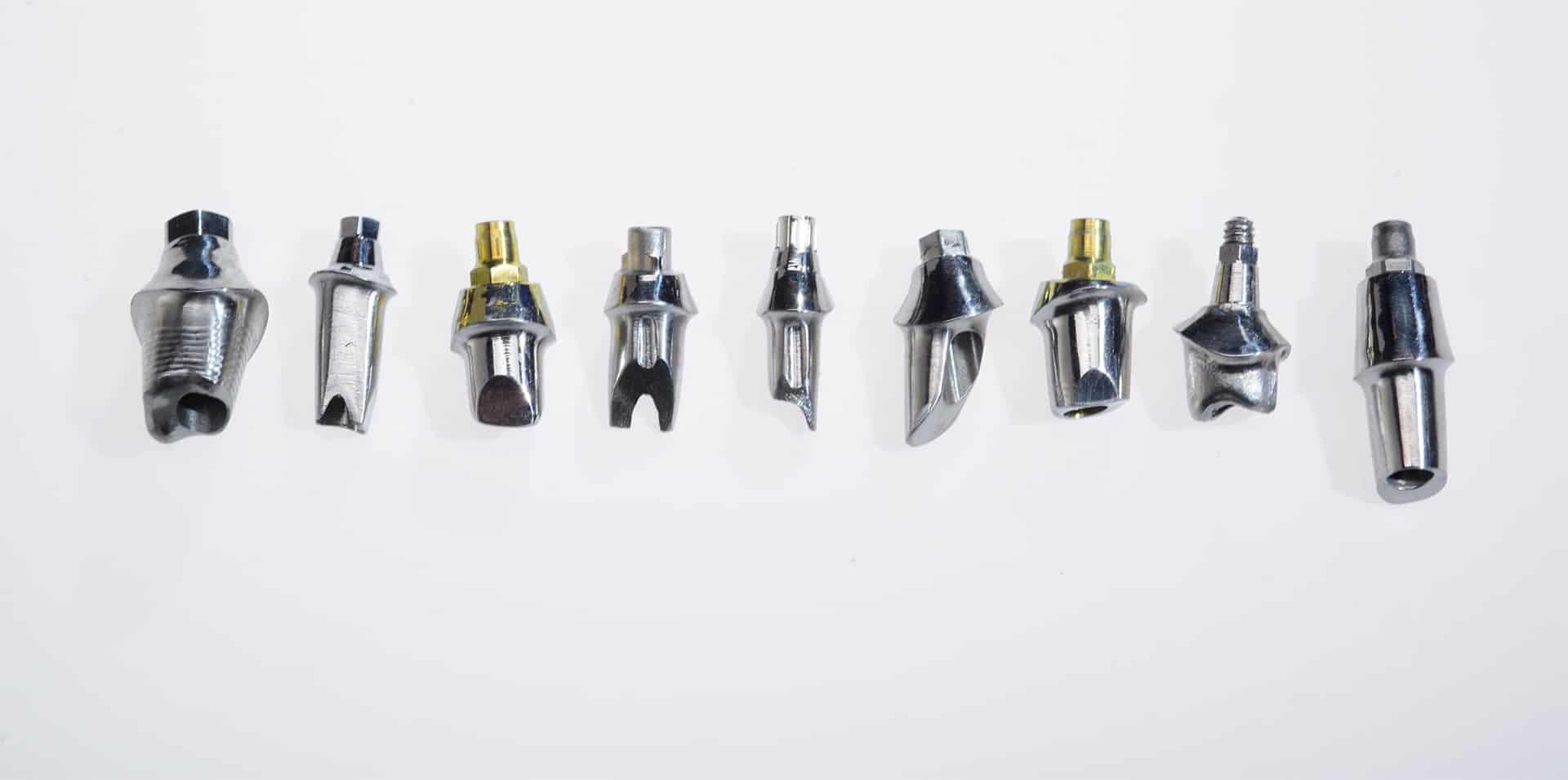
Provisionalization
Creating a PMMA (polymethyl methacrylate) provisional for temporization provides patients with a temporary yet functional and aesthetically pleasing solution while the implants heal. PMMA provisionals offer several advantages, including ease of fabrication, adjustability, and cost-effectiveness. This prosthetic serves as a test drive to ensure proper fit and function. The patient can wear this for an extended period of time and relay any issues prior to the final prosthesis being fabricated. Here are four key considerations when creating a PMMA provisional:
By carefully addressing these factors, dentists can provide their patients with high-quality PMMA provisionals that support successful outcomes and patient satisfaction.
The Final Prosthetic
Once the implants have osseointegrated and the patient has approved either an existing denture or a functional PMMA provisional, the final restorations can be created. The final restoration in All On X cases begins with taking precise final impressions for an accurate and well-fitting prosthesis. The final impressions can be taken either with traditional methods or digitally. With either method, ensure the following:
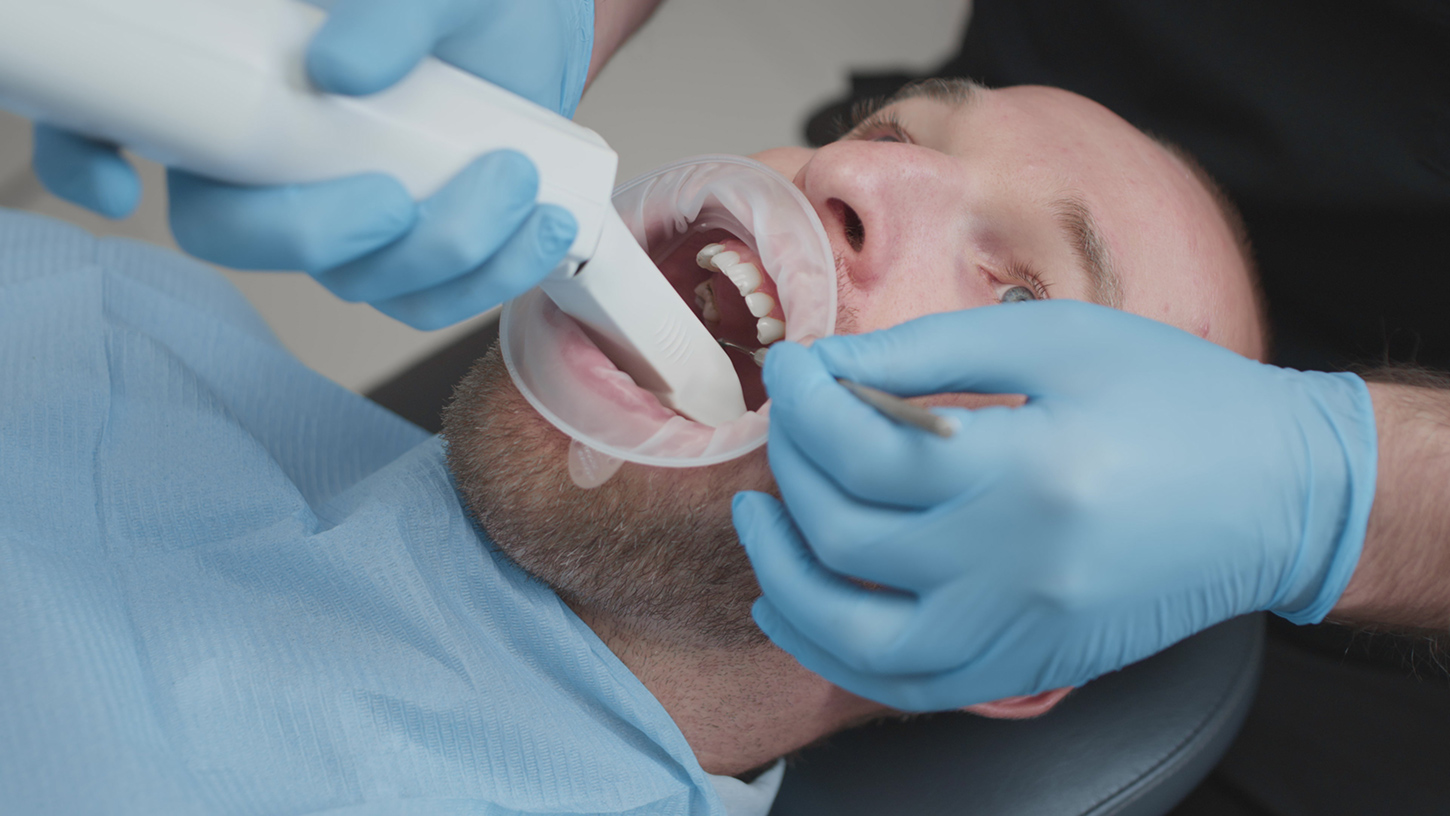
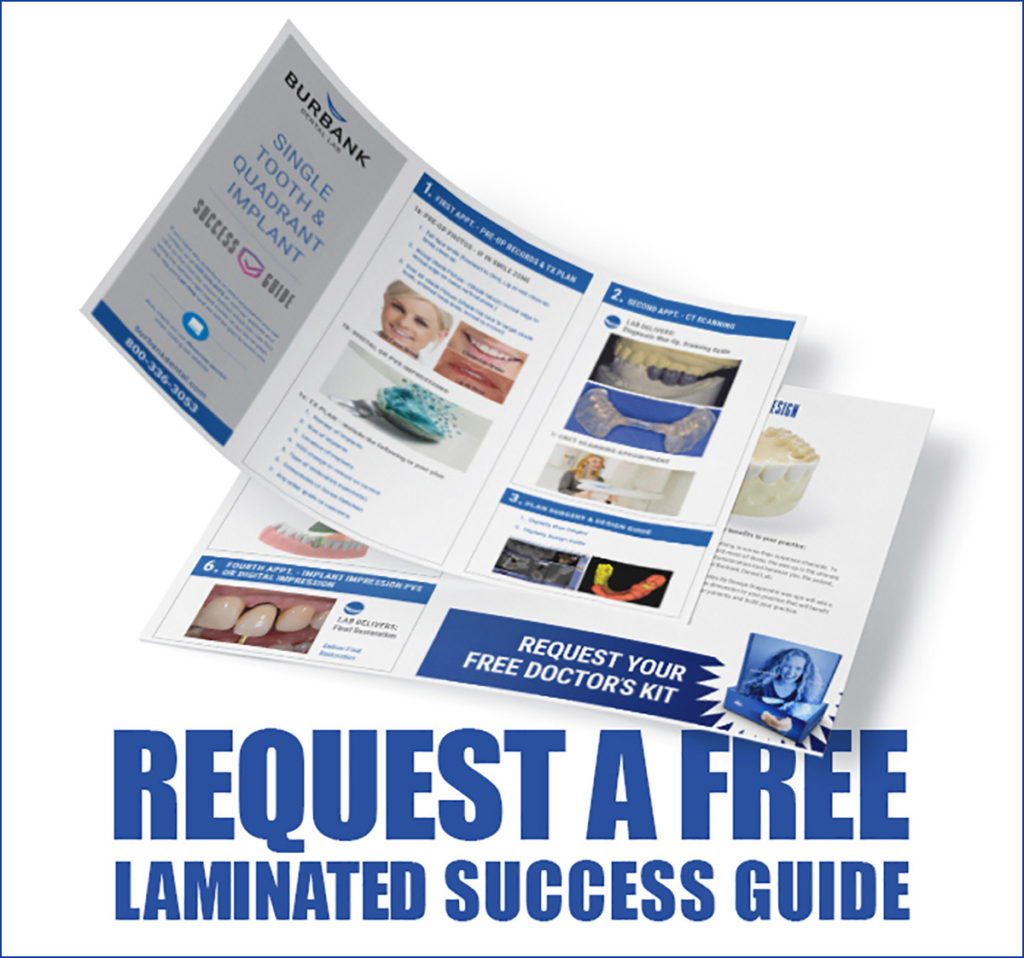
Prosthetic Material Options
The choice of material for the final prosthesis plays a crucial role in the outcome, affecting durability, aesthetics, and patient satisfaction. There are many exotic materials and solutions that Burbank Dental Lab can provide; however, several materials are commonly used, each offering distinct advantages.
Each material has its own set of benefits, and the choice depends on factors such as the patient’s functional needs, aesthetic preferences, and budget.

The All On X procedure represents a groundbreaking advancement in dental implantology, offering patients a reliable and aesthetically pleasing solution for full-arch rehabilitation. By understanding the intricacies of the All On X process and adhering to best practices, dentists can significantly enhance patient outcomes.
Collaborate with an Experienced Dental Lab
Collaboration with an experienced dental lab such as Burbank Dental Lab, is crucial for achieving optimal results, as it ensures precise planning, accurate implant placement, and high-quality restorations. Whether through traditional or digital methods, effective communication and coordination between the dentist and dental lab are essential for delivering prostheses that meet the highest standards of fit, function, and aesthetics.
By staying informed and embracing innovative techniques, dentists can provide exceptional care and improve the quality of life for their patients through the All On X procedure.









